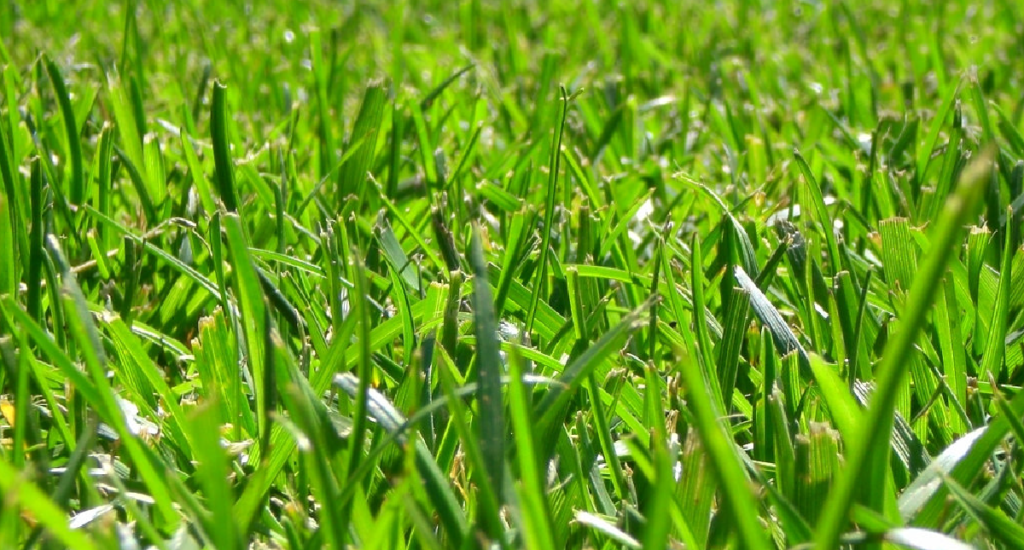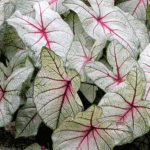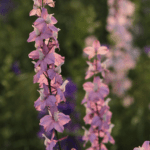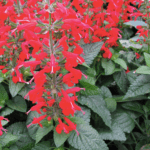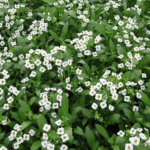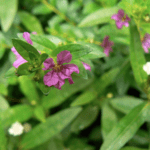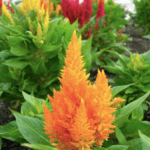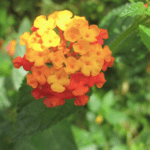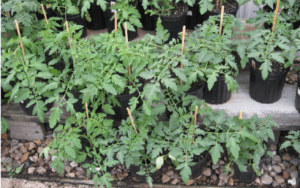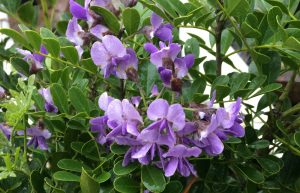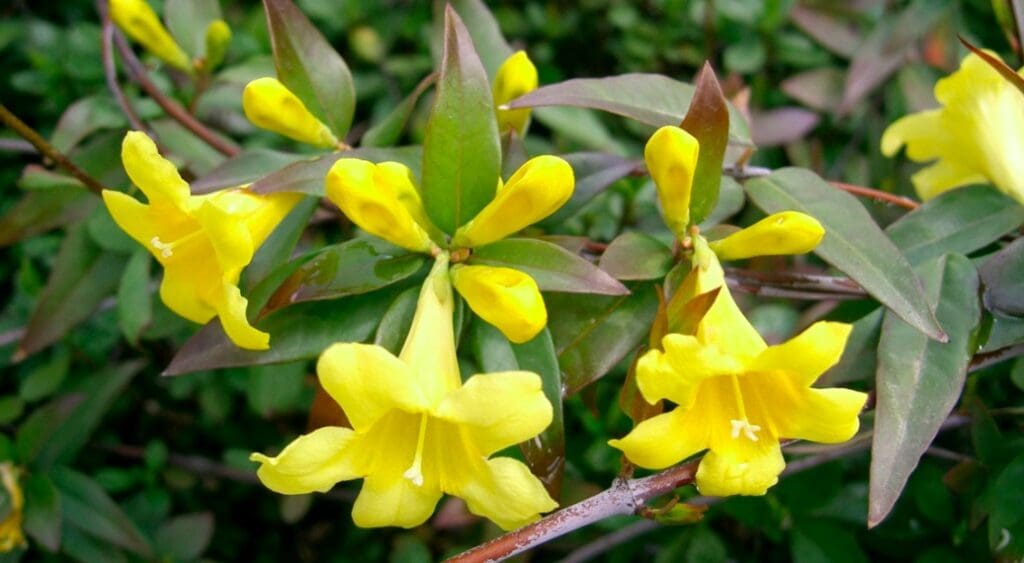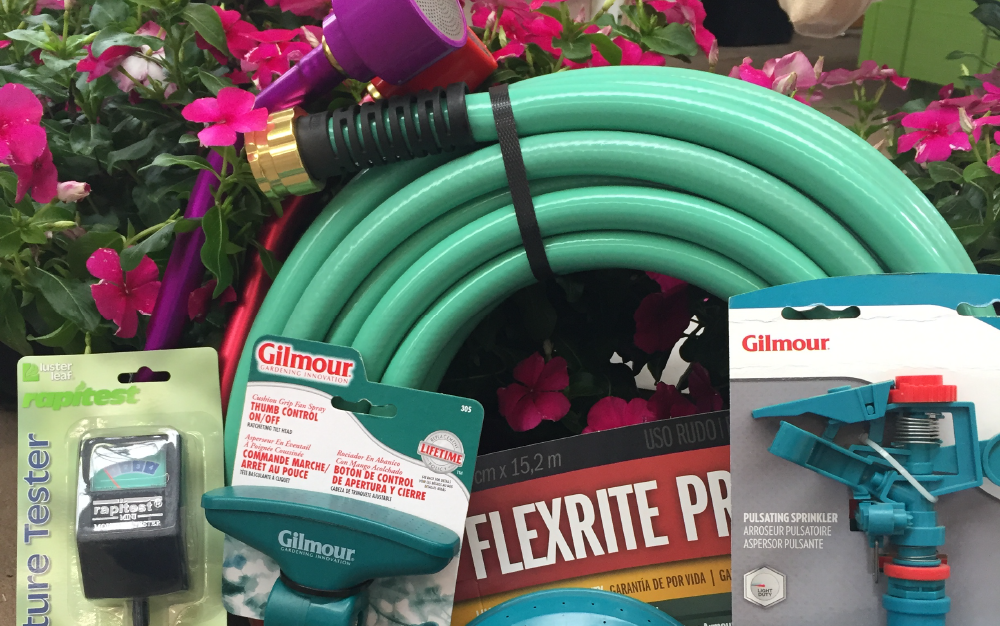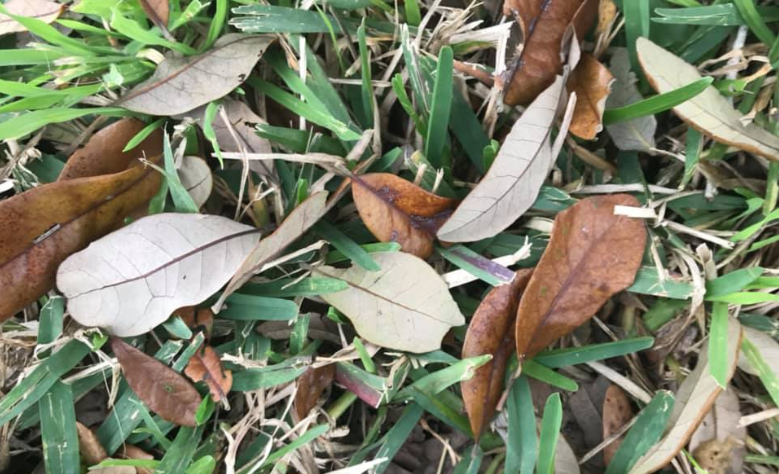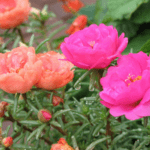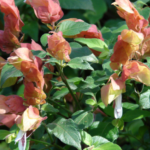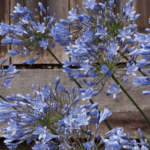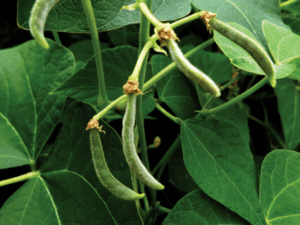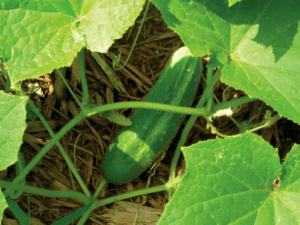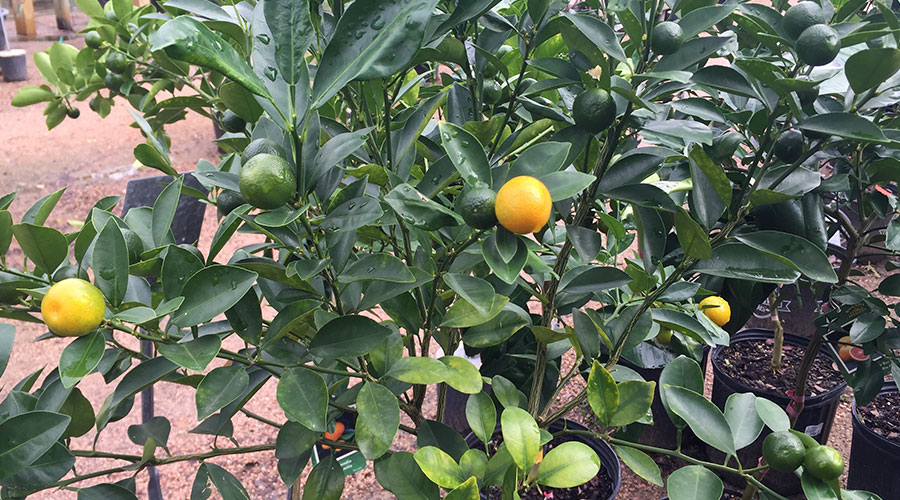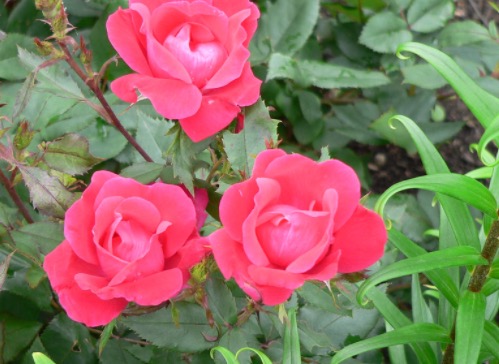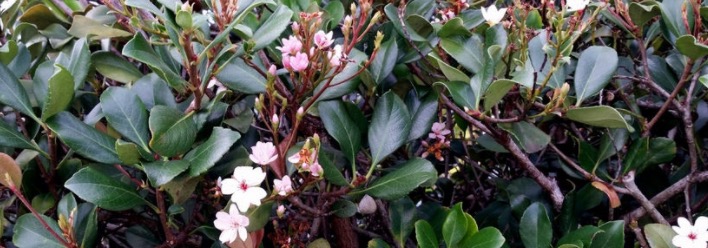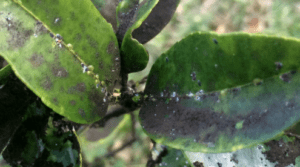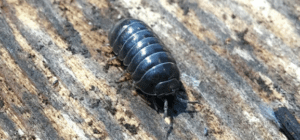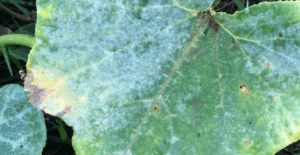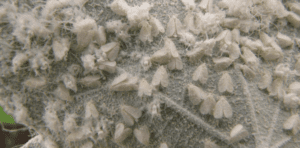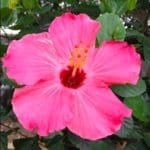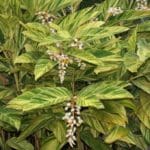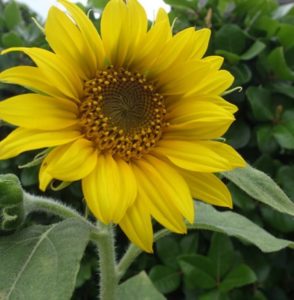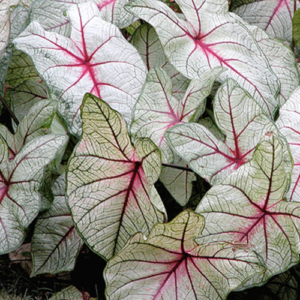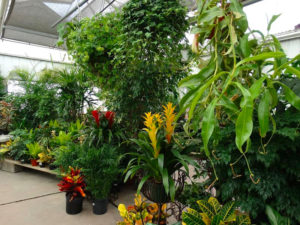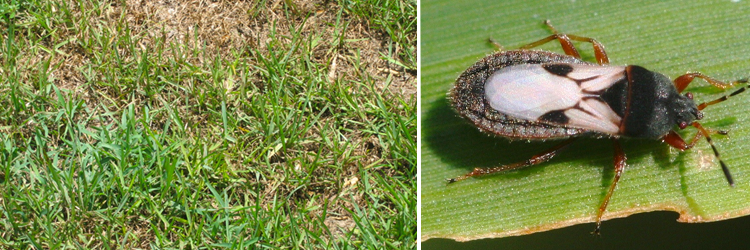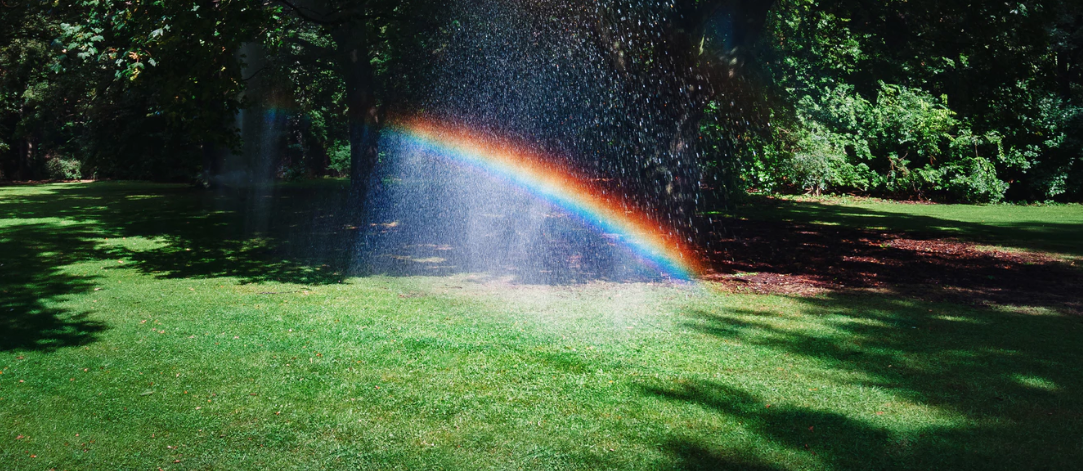The asps are out! It’s been years since we’ve had a big asp outbreak. These stinging hump back caterpillars love oak trees, yaupons hollies, burford hollies, hawthorns, altheas, and hibiscus. I saw a fresh hatching no bigger than a pea on some hollies the other day. Take a close look at your plants and see if you find any skeletonized leaves. Spray thoroughly on the tops and bottoms of the leaves with Spinosad, or Liquid Sevin as a contact kill. Thuricide can also be used, but the caterpillar has to ingest the leaves to be killed and that takes a couple of days.
Leafcutter bees are also a problem now. These bees are generally passive and not very aggressive. However they can sting and will do so if handled or aggravated. You usually never see the bee, but you do see the damage left behind. They cut perfect semi-circles out of the leaves of soft tissued plants such as crape myrtles, hibiscus, plumbago and roses. We first noticed the damage on our kapok trees. They take the leaves and roll them into perfect tubes to block their nest openings.  No treatment is necessary since the nesting period of the female is usually just a couple of weeks. The scalloping of the leaves will not kill your plants, it just leaves them unsightly to some. These bees are great pollinators, so I say, “let them do their thing”.
No treatment is necessary since the nesting period of the female is usually just a couple of weeks. The scalloping of the leaves will not kill your plants, it just leaves them unsightly to some. These bees are great pollinators, so I say, “let them do their thing”.
-DeAnna
 -Debbie
-Debbie
